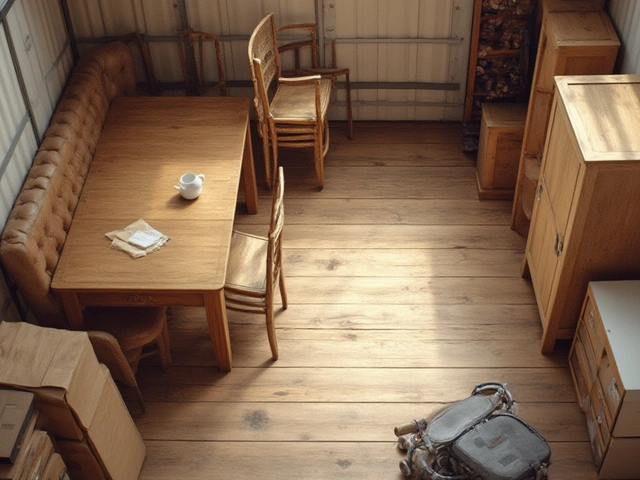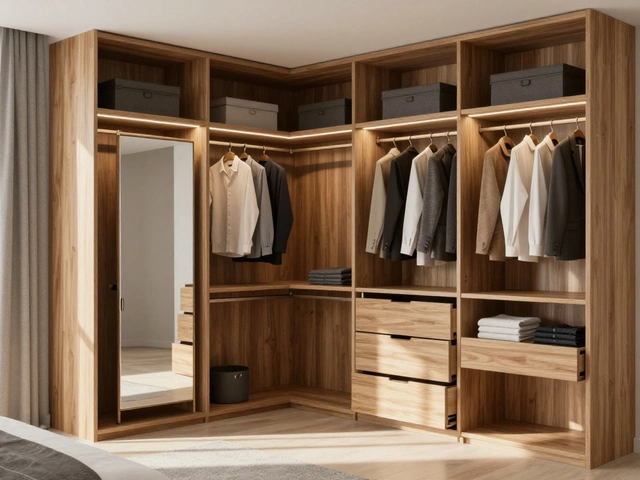Maximize Your 10x10 Storage Unit: How Much Furniture Fits?
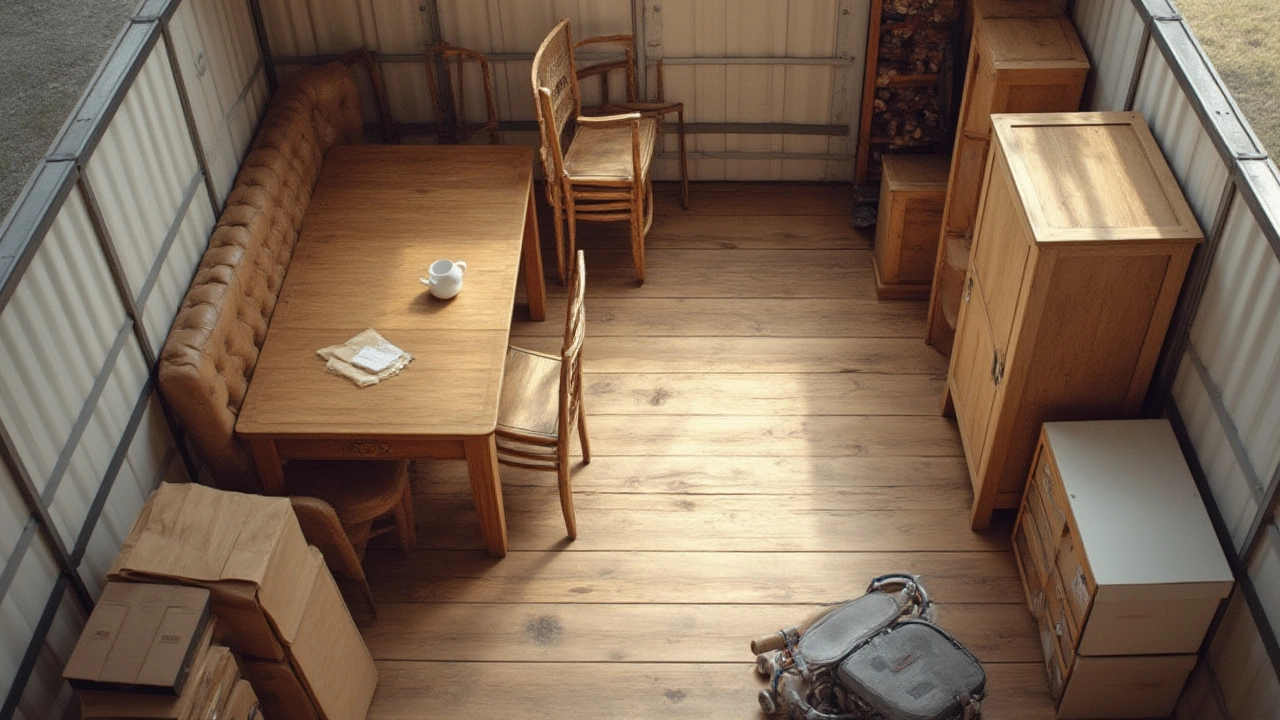
Think you know how much you can fit in a 10x10 storage unit? The reality might surprise you. These ten-by-ten foot boxes are like the Goldilocks zone for self-storage — not tiny, not massive, but juuust enough if you’re smart about what goes inside. People regularly overestimate, or underestimate, just what you can cram into 100 square feet. I once saw a couple with a fully furnished two-bedroom apartment tap out, while a college student stored his entire dorm—plus his band gear—in the same space. So, how do you make sense of it? Let’s unpack the details.
What Does a 10x10 Storage Unit Actually Hold?
Visualizing storage space is tricky. Ten feet by ten feet gives you 100 square feet of floor area, but the real secret is in the height. Most storage units have ceilings ranging from 8 to 10 feet (some can be even higher). This means you have 800 to possibly 1,000 cubic feet to work with. If you stacked items to the ceiling—which most people don’t—you could fit way more than you might assume.
Here’s what you can typically expect to fit:
- All the furniture from a standard one-bedroom apartment. This might include a queen-size bed and mattress, nightstands, a dresser, a small couch or loveseat, a kitchen table with four chairs, and a few boxes of kitchenware.
- If you’re clever with placement and stacking? Some people squeeze in everything from a two-bedroom apartment, but it takes Tetris-level organization and, let’s be honest, not having a ton of oversized furniture pieces.
- Bikes, golf clubs, suitcases, and a surprising amount of seasonal décor fit nicely in corners and on top of larger furniture pieces.
One common mistake? Forgetting to measure bigger items. Sofas longer than 7 feet or extra-plush recliners will gobble up more space than you think. Throw in a king-sized bed set and you’ll suddenly find yourself in a squeeze.
Practical Furniture Math: Real Numbers, Real Space
Here’s where things get fun. Want to know what actually fits in the real world? Let’s break it down by common furniture pieces, using average measurements. For example, your typical queen mattress is around 60 inches by 80 inches—just over 3 feet by 6.5 feet. Stand it upright and it only eats up about 5 square feet of floor, but it’s a pain to fit around other tall stuff unless you keep the space organized.
Think about couches: a standard sofa is about 84 inches long, 38 inches deep, and 34 inches tall. If you stand it on its end or on the arm, you might save room, but only if there’s nothing fragile inside the frame.
A small dining table (think one that fits four) is about 3x5 feet, or 15 square feet. Stack chairs upside down on the table and they barely register in extra space.
You’ll almost always get two dressers, two nightstands, and one or two armchairs fit before you start running out of prime real estate. Don’t forget, boxes and totes fit into every nook and cranny—even drawn under tables, under beds, or stacked to the ceiling if you’re feeling brave.
If you’re going vertical, plan on stacking boxes or small furniture on top of sturdier, heavier items like dressers or bookcases. Never put weight on upholstered pieces—flattened couch cushions are no fun when it’s time to unpack.
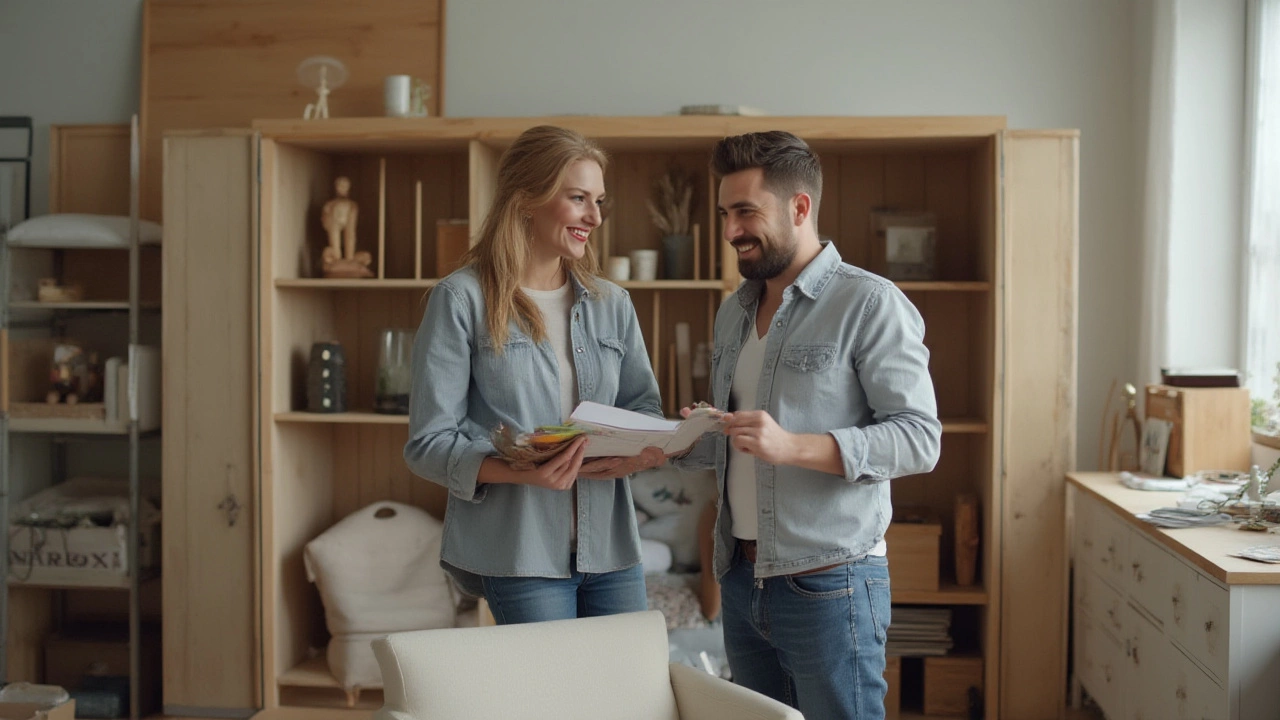
Smart Packing and Organization: The Key to More Space
There’s a reason great movers get paid so much. It’s all about the art of the pack. Start by thinking in layers. Heavy furniture and boxes always go down first. You want sturdy things like bookshelves, chests, or tables as your foundation. Stack lighter stuff on top, always keeping fragile items protected and furniture surfaces safe from scratches.
Disassemble what you can. Take the legs off tables and remove shelves from bookcases to make them more compact. Mattress frames come apart, beds slide upright to save precious floor area, and drawers work double-time as extra storage for small items or even clothes.
Leave a walkway if you think you’ll need access to anything before the unit is empty. This is the advice everyone ignores until they’re pulling boxes one by one, like the world’s least-fun game of Jenga.
- Use dollies and lifting straps for heavy stuff—your back will thank you.
- Label everything, especially if you’ll be in and out of the unit.
- Wrap furniture in blankets or plastic covers to keep dust and nicks away.
- Store electronics off the floor and away from walls that get cold (or damp) in winter months.
And here’s one trick most folks never consider: mirrors and other fragile flat items can be slid vertically between mattresses or placed between stacks of boxes for extra padding. Just don’t forget where you put them!
Reality Check: What Doesn’t Fit (And What to Avoid)
Sometimes people get ambitious, but there are obvious limits. That monster L-shaped sectional? It’ll eat almost the whole unit. Grand pianos, king-sized beds with elaborate headboards, or hefty exercise gear all tend to push you over the edge of what a 10x10 can handle. If you need to store large appliances—washer, dryer, fridge—they’ll go in, but at a serious cost to your leftover space for anything else.
Avoid putting mattresses straight on the floor. Not only are they tough to maneuver later, but if moisture sneaks into the unit, floor-level is where it hits first. Pallets can help, or even just laying furniture pads down for a barrier.
If you want to store lots of smaller items (think books, collectibles, kitchen gadgets), pack them in sturdy totes or boxes that stack easily. Random-shaped bags and loose bundles just create chaos, and wasted space stacks up fast.
Shelving units might seem like they waste space, but if you know you’ll need regular access, they’re a lifesaver—especially for vertical stacking.
One last thing: Never store anything living, perishable, or flammable. That sounds obvious, but you’d be stunned at what people try to sneak past the gate—potted plants, full gasoline cans, even food. Not only will your stuff stink after a few months, but storage facilities will toss your contract (and your prized collection) in a hurry.
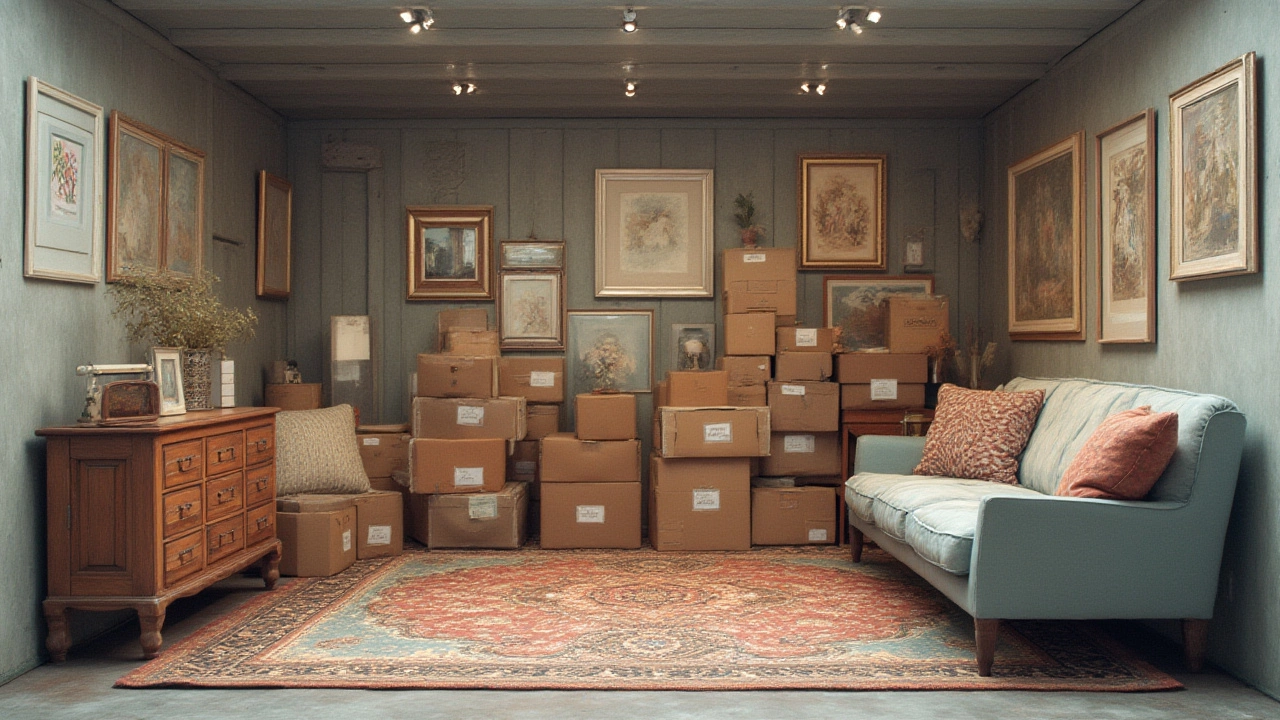
Best Practices: Tips for Getting the Most from Your 10x10 Storage Unit
Success in fitting your life into a 10x10 unit isn’t just about brute force. Planning and a little creative thinking go a long way. Here’s how to squeeze every drop of value out of that space:
- 10x10 storage unit optimization starts before you even rent the space. Measure your biggest items and draw a rough map of possible arrangements on paper.
- Group similar items—keep bedroom stuff together, kitchenware in another spot, and label every side of your boxes for quick identification.
- Use clear plastic bins for things you might need while in storage. You can see what’s inside without digging through six mystery boxes.
- Store heavy items at the bottom and closer to the opening for easier access and safe stacking. Lighter stuff goes up top and at the back.
- Break down bulky furniture—remove table legs, shrink couches where possible, and use hollow spaces like dresser drawers and cabinets to stash smaller goods.
- Think vertically. Use shelving, or stack safely with sturdy boxes. The more you use height without compromising stability, the more you can pack in.
- Keep an aisle or open path if you’ll be making repeat trips. Your sanity will thank you the first time you remember you need your winter coat, not your patio set in December.
Remember, every unit gets full faster than you think, especially if you forget how weirdly shaped your furniture is. A quick walk through your home with a tape measure in hand can save you three hours of rearranging at the storage facility. And if you can’t make it fit—don’t force it. When it comes to storing furniture, a game of Tetris is only fun if you’re not losing pieces along the way.
